
STEL: N/A
(Short Term exposure Limit – N/A)
TWA: N/A
(Time Weighted Average – N/A)
 Alarm Recomendations
Alarm Recomendations
Rising Latching Alarms For Line Safety Applications
First Alarm: Second Alarm: Third Alarm:
18.5% 19.5% 23%
Oxygen (O2) is one of the main components for air and occurs normally at 20.9% in the atmosphere at sea level. The Oxygen in the air is mainly produced by algae and plants. Oxygen is essential for life, particularly human life. The measurement of O2 as a percentage can be misleading. For example there will be higher atmospheric pressure and therefore more O2 at sea level than at the top of mount Everest where the pressure is lower, however the Percentage of O2 in both cases will be the same. It will however be much easier to breath at sea level that at high altitude on Everest. This demonstrates that our bodies don’t respond to the percentage of O2 but rather to the partial pressure present. that might sound complicated but in simple terms if there is more pressure in the air we breath then there is more Oxygen. Conversely less pressure is less Oxygen. So clinically physicians, mountaineers and divers for whom Oxygen takes on special importance talk about Oxygen partial pressure rather then its percentage.
At sea level then the air pressure will be 1000mBar or 1 atmosphere (1ATA). Oxygen constitutes 20.9% of the air volume so Oxygen partial pressure at sea level is .209 x 1000 = 209 milli Bars
More normally Clinicians measure pressure in millimetres of Mercury so this equates to 160mmHg
a healthy human can tolerate Oxygen partial pressures between 90 to 338 mmHg
O2 molecules in themselves are not a problem however as they collide in gas mixtures they produce O2 radicals. An O2 radical will quickly bind to the next nearest molecule and in doing so will change or damage the molecule.
So:
If the Oxygen level or pressure is too low we asphyxiate and quickly and die. Typically at sea level 12% or lower concentration.
If the O2 level or pressure is too high then the level of O2 radicals rapidly damage cells resulting in blindness, seizures, respiratory distress and bleeding. Typically at sea level 45% or higher concentrations. This is the reason Oxygen therapy in hospitals can be controversial and should only be short term.
Higher than normal Oxygen levels will also greatly accelerate fires and explosions so it is normal to alarm at levels above 23% at sea level.
PGas-21 TGas-1031 Oxygen Detectors will respond to changes in Oxygen partial pressures to alarm at low or high levels. These sensors are not compensated for altitude or pressure changes and so need to be calibrated correctly.
Products related to Oxygen:

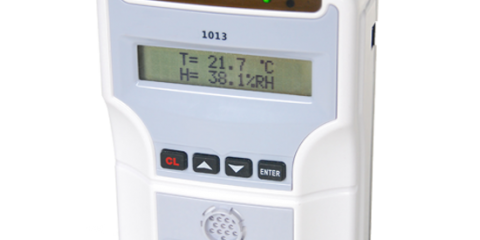
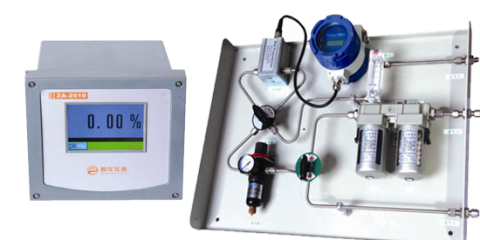
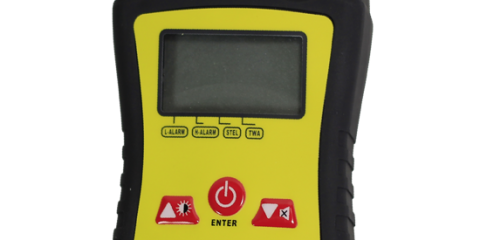
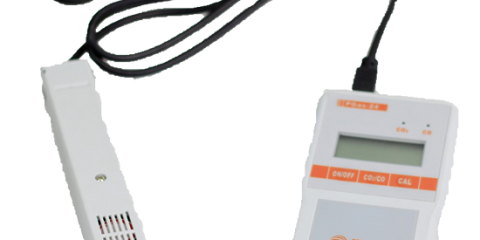
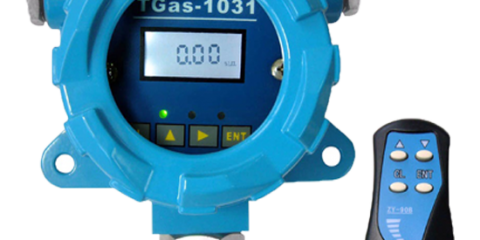
Warning: preg_replace(): Unknown modifier 'a' in /www/wwwroot/globeinstrument.com/wp-content/themes/theme/functions.php on line 147
https://shorturl.fm/ZECjZ
Warning: preg_replace(): Unknown modifier 'a' in /www/wwwroot/globeinstrument.com/wp-content/themes/theme/functions.php on line 147
https://shorturl.fm/q16ce
Warning: preg_replace(): Unknown modifier 'a' in /www/wwwroot/globeinstrument.com/wp-content/themes/theme/functions.php on line 147
https://shorturl.fm/xJmKD
Warning: preg_replace(): Unknown modifier 'a' in /www/wwwroot/globeinstrument.com/wp-content/themes/theme/functions.php on line 147
https://shorturl.fm/zKvZ8
Warning: preg_replace(): Unknown modifier 'a' in /www/wwwroot/globeinstrument.com/wp-content/themes/theme/functions.php on line 147
https://shorturl.fm/uk41C
Warning: preg_replace(): Unknown modifier 'a' in /www/wwwroot/globeinstrument.com/wp-content/themes/theme/functions.php on line 147
https://shorturl.fm/KSqhV
Warning: preg_replace(): Unknown modifier 'a' in /www/wwwroot/globeinstrument.com/wp-content/themes/theme/functions.php on line 147
https://shorturl.fm/VFh0H
Warning: preg_replace(): Unknown modifier 'a' in /www/wwwroot/globeinstrument.com/wp-content/themes/theme/functions.php on line 147
https://shorturl.fm/TjQXr
Warning: preg_replace(): Unknown modifier 'a' in /www/wwwroot/globeinstrument.com/wp-content/themes/theme/functions.php on line 147
https://shorturl.fm/qRcQW
Warning: preg_replace(): Unknown modifier 'a' in /www/wwwroot/globeinstrument.com/wp-content/themes/theme/functions.php on line 147
thc oil tincture online with verified potency
Warning: preg_replace(): Unknown modifier 'a' in /www/wwwroot/globeinstrument.com/wp-content/themes/theme/functions.php on line 147
https://shorturl.fm/IhpRK
Warning: preg_replace(): Unknown modifier 'a' in /www/wwwroot/globeinstrument.com/wp-content/themes/theme/functions.php on line 147
https://shorturl.fm/QMG9b
Warning: preg_replace(): Unknown modifier 'a' in /www/wwwroot/globeinstrument.com/wp-content/themes/theme/functions.php on line 147
https://shorturl.fm/KsDoX
Warning: preg_replace(): Unknown modifier 'a' in /www/wwwroot/globeinstrument.com/wp-content/themes/theme/functions.php on line 147
https://shorturl.fm/7VRIg
Warning: preg_replace(): Unknown modifier 'a' in /www/wwwroot/globeinstrument.com/wp-content/themes/theme/functions.php on line 147
Great article! Seeing more platforms cater specifically to Filipino players is fantastic – seamless local payments like GCash are key. Considering trying out the j77 ph app download apk – convenient access is a big plus for mobile gaming!
Warning: preg_replace(): Unknown modifier 'a' in /www/wwwroot/globeinstrument.com/wp-content/themes/theme/functions.php on line 147
Yo, baccarat88clb looks pretty neat, especially for the baccarat fans in the group! Give it a try: baccarat88clb
Warning: preg_replace(): Unknown modifier 'a' in /www/wwwroot/globeinstrument.com/wp-content/themes/theme/functions.php on line 147
https://shorturl.fm/zO3io
Warning: preg_replace(): Unknown modifier 'a' in /www/wwwroot/globeinstrument.com/wp-content/themes/theme/functions.php on line 147
That’s a great point about longshot value – often overlooked! Seeing platforms like Taya99 integrate social features with secure access (check out the taya99 app download) could really boost engagement & responsible play. Interesting times for PH gaming!
Warning: preg_replace(): Unknown modifier 'a' in /www/wwwroot/globeinstrument.com/wp-content/themes/theme/functions.php on line 147
Interesting points! Visual content is so key now. Platforms like AI Generator, accessible on any device, are changing the game. Check out AI Image Generator – streamlining creation is huge for marketers!